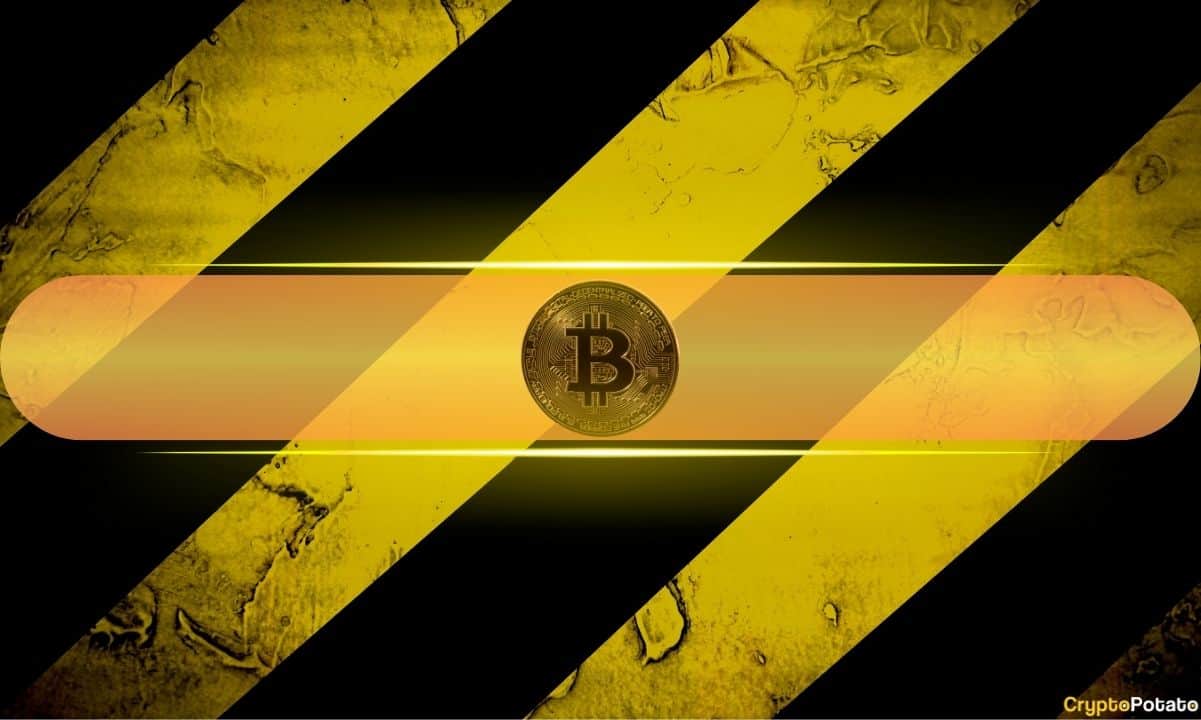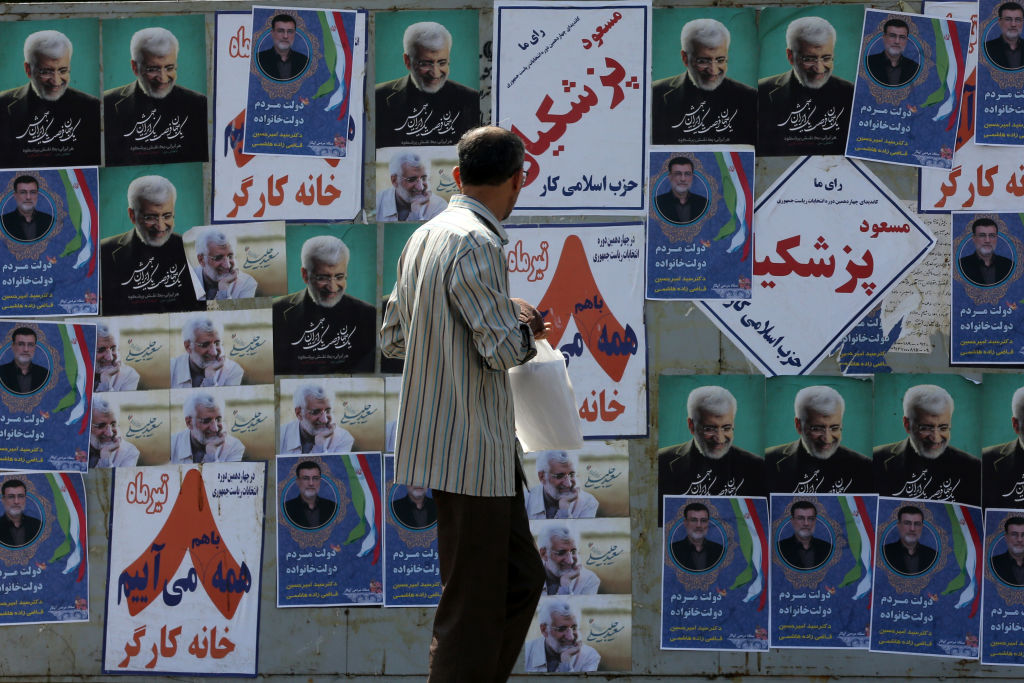 Vitalik Buterin champions decentralized defense against AI risks Assad Jafri · 1 min ago · 2 min read
Vitalik Buterin champions decentralized defense against AI risks Assad Jafri · 1 min ago · 2 min read
Buterin emphasizes decentralization in AI safety, advocating for defense-driven technologies over centralized control.

Cover art/illustration via CryptoSlate. Image includes combined content which may include AI-generated content.
Ethereum co-founder Vitalik Buterin’s latest blog post reflects on the progress of decentralized and democratic differential defensive acceleration, or d/acc — one year after its introduction.
Buterin emphasized the need for caution in AI development, advocating for defensive technologies that empower individuals and communities without relying on centralized authorities.
One year after introducing the concept of d/acc, the initiative has gained traction across technology sectors, contributing to advancements in open-source vaccines, prediction markets, and zero-knowledge proofs in digital identity.
The d/acc philosophy, proposed in early 2024, promotes accelerating technology with a focus on defensive capabilities rather than offensive advancements. The concept emphasizes decentralization and democratization, aiming to distribute power and prevent monopolization by elite groups or governments.
Since its inception, d/acc has evolved through public discourse and collaboration. In October, the first “d/acc Discovery Day” at Devcon brought together experts from diverse fields, including biosecurity, information defense, and neurotechnology. The event highlighted cross-disciplinary interest in technologies aimed at strengthening societal resilience without relying on centralized authority.
Buterin wrote:
“People working on these technologies are increasingly aware of each other’s work, creating a more cohesive movement. The same values that drive Ethereum and decentralized finance can be applied to biotechnology, cybersecurity, and beyond.”
The movement’s real-world impact has been seen in the development of verifiable open-source vaccines and enhanced air filtration systems, which have contributed to public health improvements. Additionally, tools such as pocket air testers, which detect airborne viruses through software updates, have showcased the potential of d/acc in mitigating pandemics.
A central focus of d/acc is addressing the risks associated with artificial intelligence (AI). The initiative advocates for technologies that enhance defense mechanisms while decentralizing control, challenging the notion that centralized oversight is the only way to manage AI risks.
According to Buterin:
“In a world where AI development accelerates rapidly, decentralizing defense reduces the likelihood of catastrophic scenarios driven by unchecked technological advancement. We need tools that empower individuals and communities to protect themselves without relying on centralized powers.”
Crypto technologies have also influenced the d/acc landscape. Prediction markets, built on blockchain platforms, have gained popularity as information tools, while zero-knowledge proofs and homomorphic encryption have found applications in securing sensitive data.
Looking ahead, d/acc’s proponents envision expanding public goods funding to support decentralized defense technologies. By leveraging mechanisms like quadratic funding and deep funding, the movement seeks to sustain projects that provide widespread benefits but lack traditional profit models.
“Public goods funding is crucial for ensuring that essential technologies remain open and accessible. As we face challenges like AI safety and biosecurity, decentralized funding models will play a key role in fostering innovation.”
As d/acc enters its second year, its advocates remain optimistic about its potential to shape a future in which technological progress enhances collective safety and preserves individual freedoms.

 By CryptoSlate | Created at 2025-01-08 02:30:27 | Updated at 2025-01-08 19:36:25
17 hours ago
By CryptoSlate | Created at 2025-01-08 02:30:27 | Updated at 2025-01-08 19:36:25
17 hours ago









